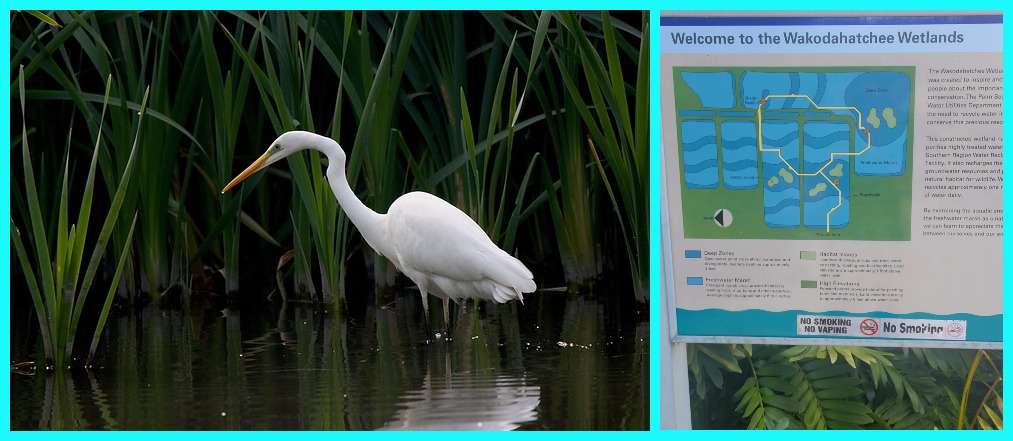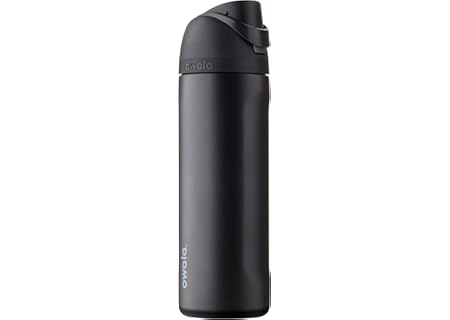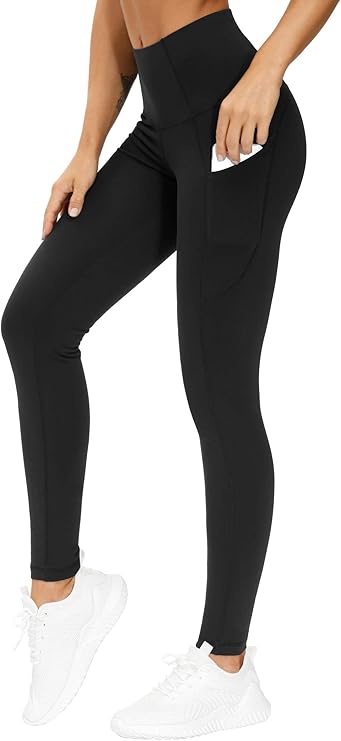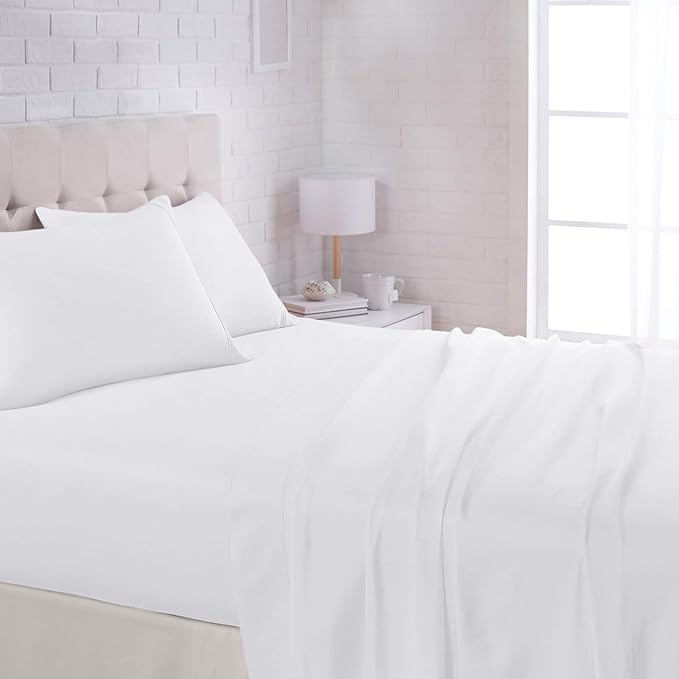Exploring the Wakodahatchee Wetlands in Delray Beach
Away from the beach nestled in the western edge of Delray Beach, Florida, the Wakodahatchee Wetlands is a serene and beautiful natural oasis that offers visitors a chance to connect with wildlife and explore the diverse ecosystem of the Everglades. This 50-acre wetland area is home to a remarkable array of plant and animal species, making it a haven for nature enthusiasts, birdwatchers, and anyone looking to enjoy the beauty of Florida’s wilderness.
The Wakodahatchee Wetlands, which translates to “created waters” in the Seminole language, was originally developed in the late 1990s as part of a wastewater treatment facility that transformed reclaimed water into a thriving wetland ecosystem. Over the years, it has evolved into a flourishing sanctuary for both resident and migratory birds. The boardwalk trails that wind through the wetlands provide easy access for visitors to experience the diverse habitats, from shallow ponds to dense marshes and towering cypress trees.
Delray Beach a Birdwatcher’s Paradise
One of the highlights of the Wakodahatchee Wetlands is its outstanding birdwatching opportunities. The wetlands are home to more than 170 species of birds, many of which can be observed up close. Whether you’re an avid birdwatcher or simply enjoy seeing wildlife in its natural habitat, the Wakodahatchee Wetlands offers an unforgettable experience.
Some of the most commonly spotted birds include:
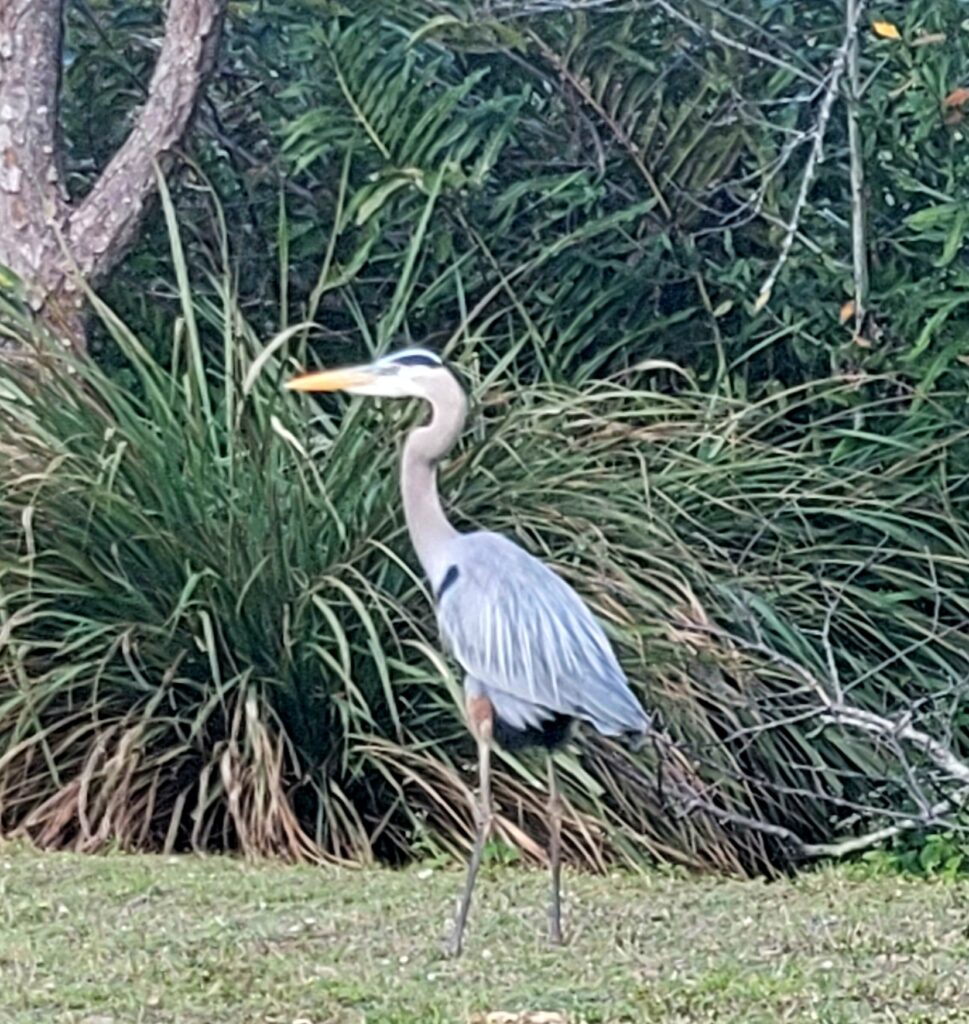
Great Blue Heron: One of the most iconic species of the wetlands, the Great Blue Heron is often seen standing still in the water, waiting patiently for fish or small mammals. Their long legs and striking blue-gray plumage make them a spectacular sight.
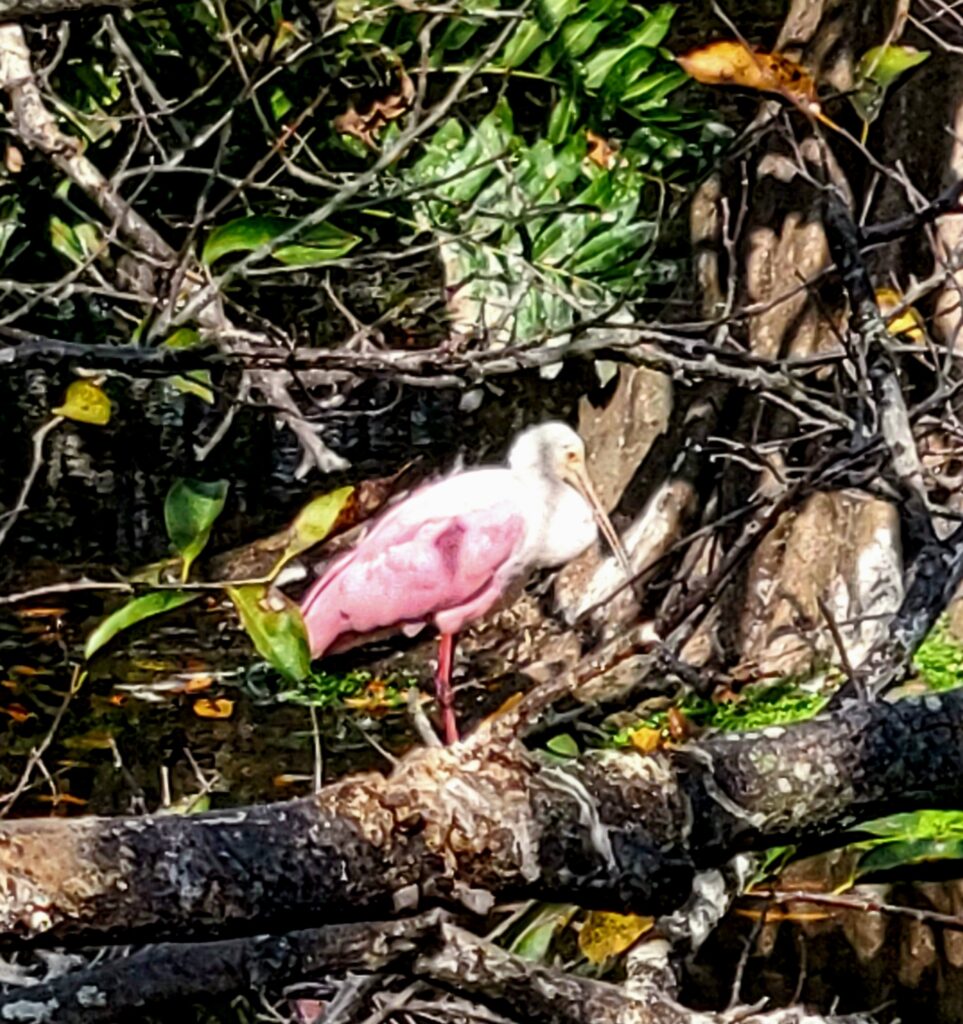
Roseate Spoonbill: With its vibrant pink feathers and spoon-shaped bill, the Roseate Spoonbill is a standout species in the wetlands. These wading birds can be spotted in the shallow waters, gracefully foraging for food.
Anhinga: Known as the “snakebird” due to its long, slender neck, the Anhinga is a striking bird that can often be seen diving underwater to catch fish. Its dark feathers and sharp profile make it a unique presence in the wetland.
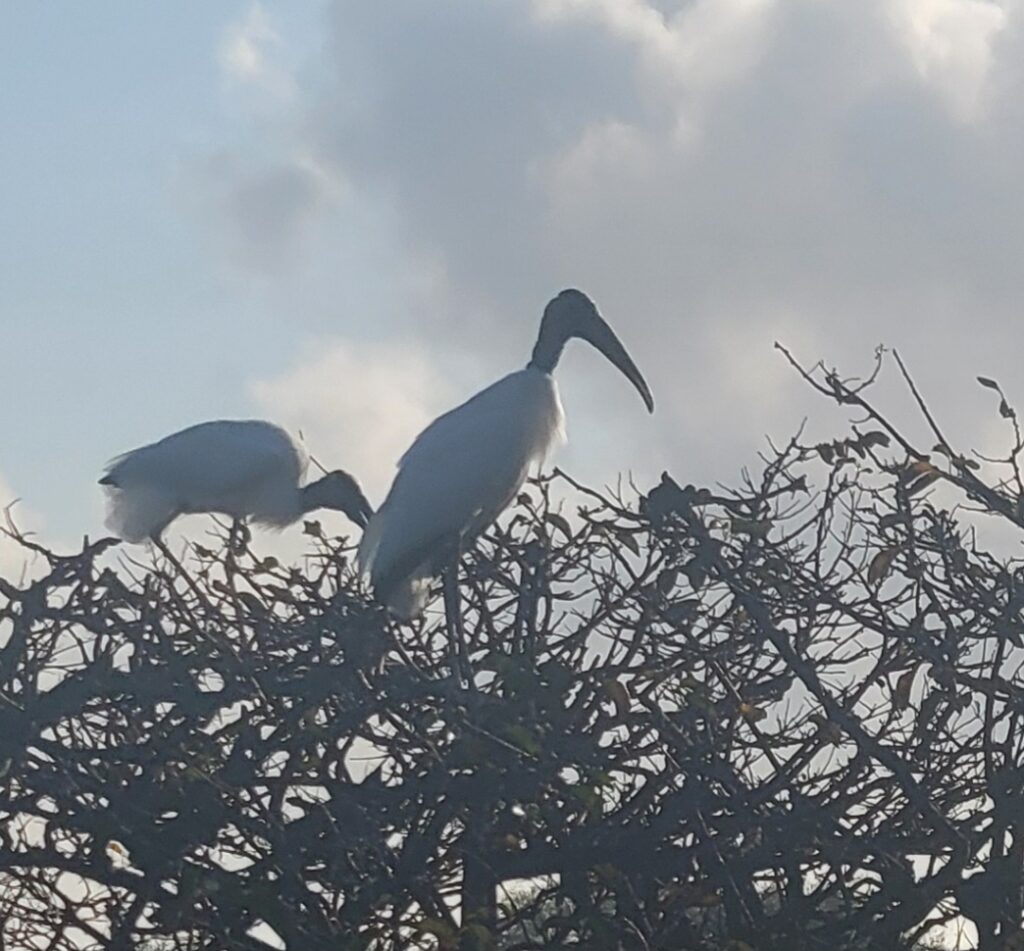
Wood Stork: As one of the only stork species found in North America, the Wood Stork is a frequent visitor to the Wakodahatchee Wetlands. Known for its long legs and large, curved bill, the Wood Stork is often seen scavenging in the wetlands for food.
Eastern Phoebe: A small flycatcher that thrives in the wetlands, the Eastern Phoebe is known for its distinctive “fee-bee” call. It is often perched on trees or posts, waiting to catch insects in mid-flight.
In addition to these birds, the wetlands are home to a range of other species, including ibises, egrets, ducks, coot, hawks and more. Depending on the season, visitors may also have the opportunity to see migratory birds passing through, making the Wakodahatchee Wetlands a great year-round destination for birdwatching.
A Haven for Other Wildlife
While the wetlands are best known for their avian inhabitants, they are also home to a variety of other wildlife. Visitors may encounter turtles, alligators, and a range of amphibians and reptiles. The lush vegetation surrounding the wetlands provides shelter and food for many species, creating a balanced ecosystem that supports both predators and prey.
A Perfect Place to Explore Nature
The Wakodahatchee Wetlands is more than just a birdwatcher’s paradise. With its peaceful .8 mile boardwalk circuit, scenic views, and abundance of wildlife, it offers a perfect place for a nature walk or photography outing. The trails are well-maintained and easy to navigate, making it accessible to all visitors, including families with children and those with mobility challenges.
Whether you’re looking to spot a rare bird, observe the behavior of local wildlife, or simply enjoy a peaceful stroll in a beautiful natural setting, the Wakodahatchee Wetlands is an unforgettable destination. Its unique ecosystem, stunning wildlife, and tranquil atmosphere make it one of the best places to experience Florida’s rich natural heritage. So, next time you’re in Delray Beach, don’t miss the opportunity to visit this hidden gem and witness the wonder of the Everglades in all its glory.
13270 Jog Rd. Delray Beach, FL 33446. Directions · (561) 493-6000
You can view the Wakodahatchee Wetlands brochure here.

